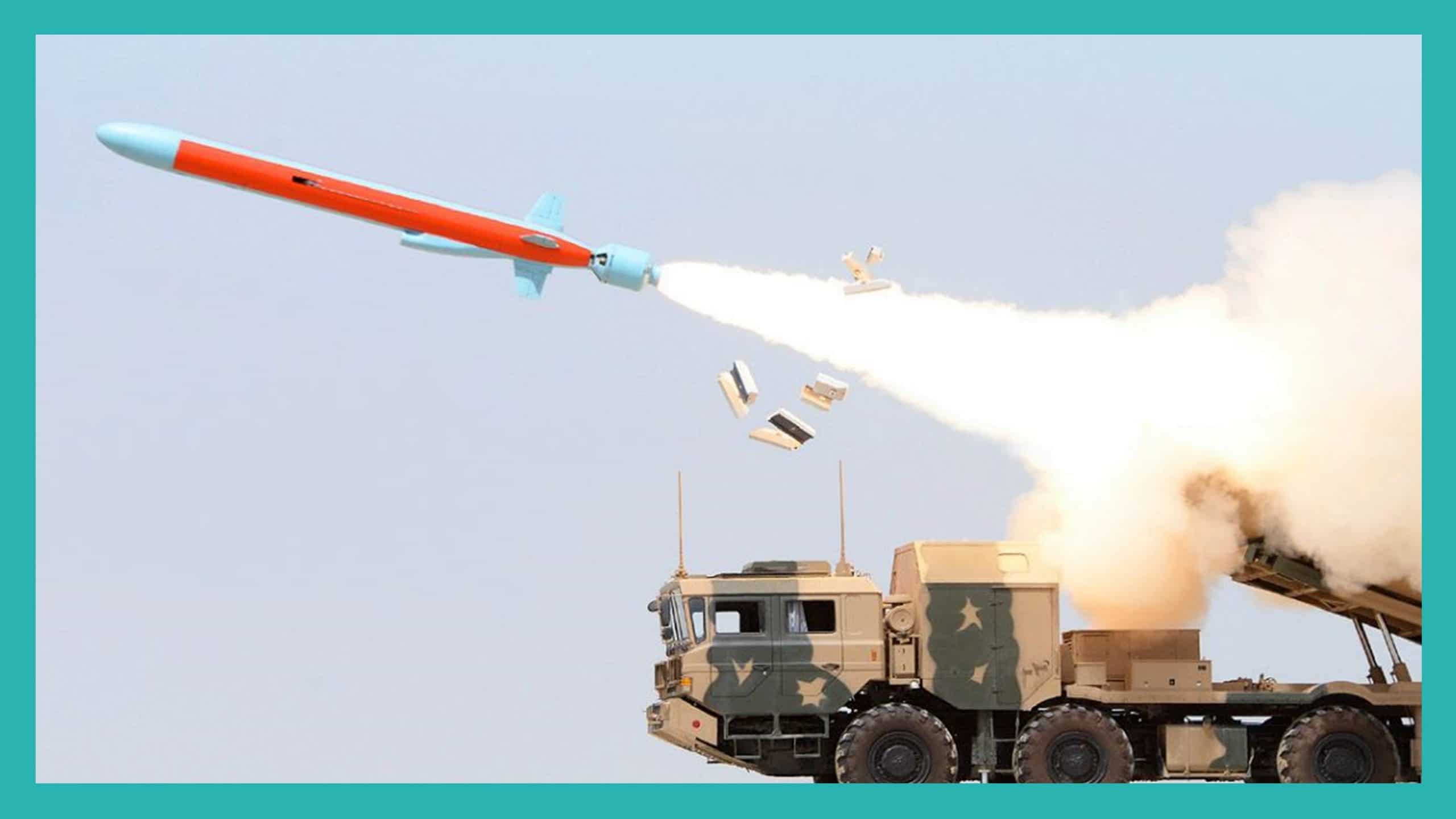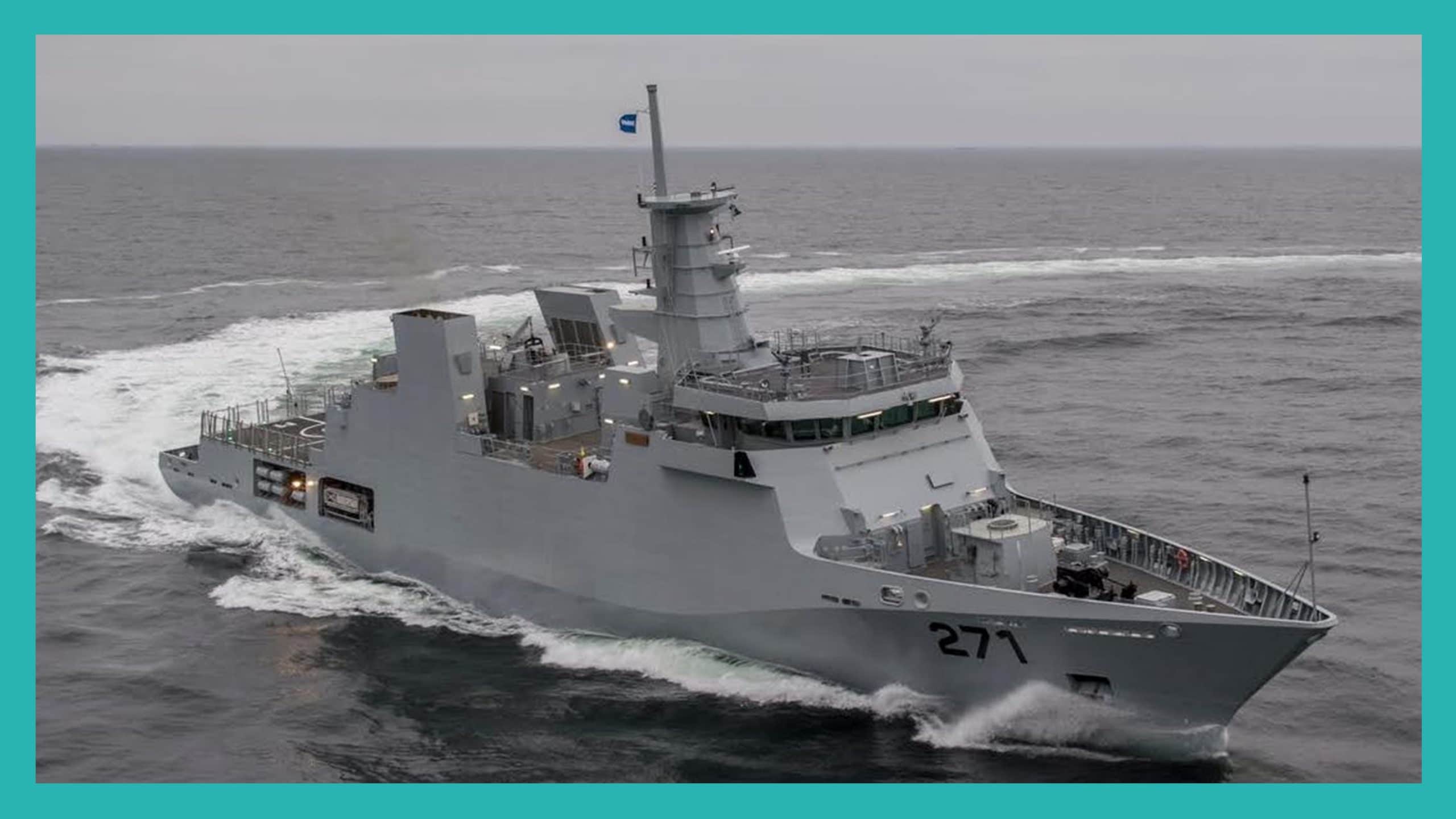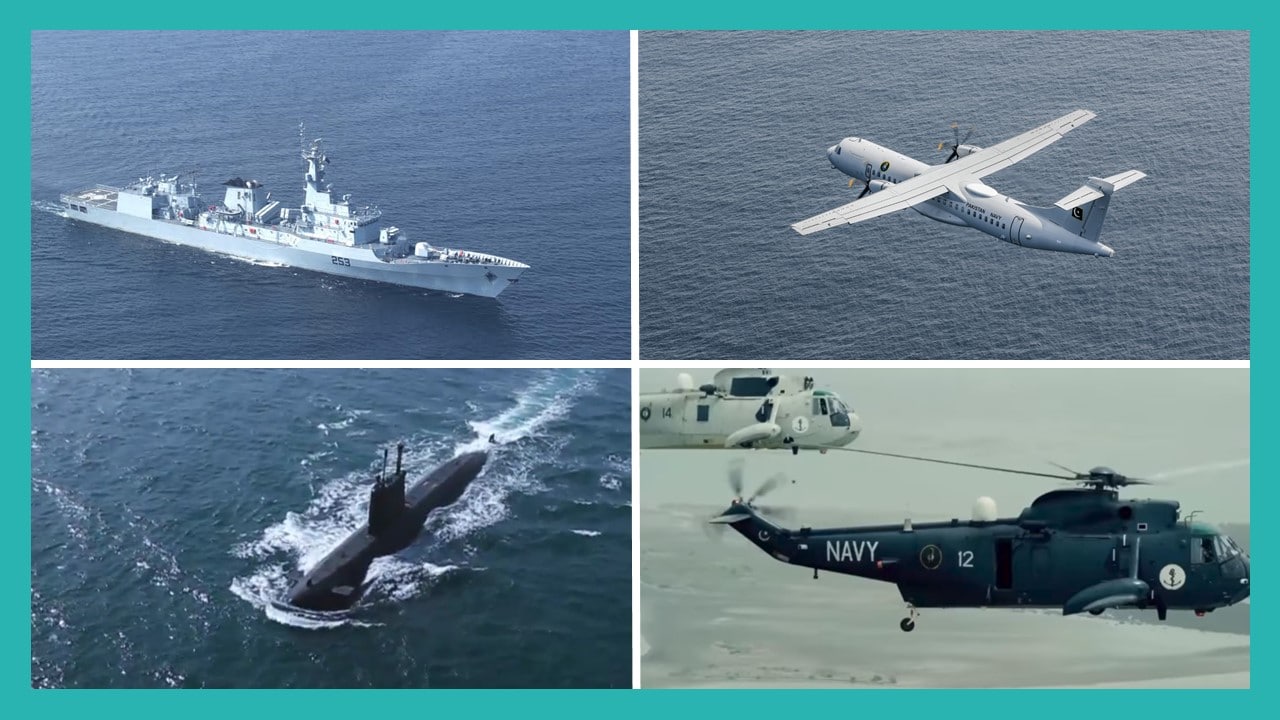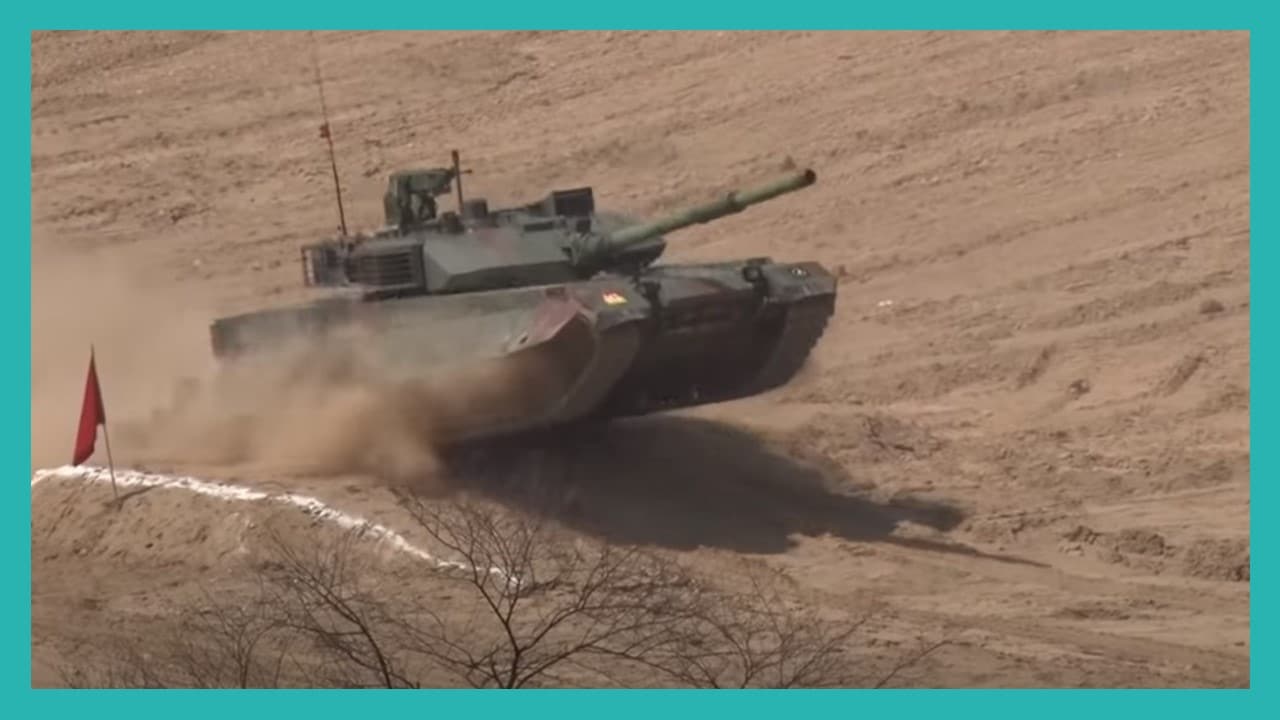Pakistan is at the crossroad of deciding whether it wants to continue investing in its defence industry, at least in regards to specific state-owned organizations.
The Ra’ad-series of cruise missiles form the lynchpin of Pakistan’s airborne nuclear deterrence posture. However, would future platforms improve this posture in terms of reach and impact?
The Pakistan Navy’s (PN) announcement of the P282 anti-ship ballistic missile (ASBM) indicates that the PN will continue boosting its anti-access and area-denial (A2/AD) capabilities, despite fleet growth.
Pakistan’s previous Chief of Naval Staff (CNS) seemingly indicated that the Navy will acquire six offshore patrol vessels (OPV) of “larger tonnage.” Quwa examines if additional OPVs are on the roadmap, and if so, how they impact the Pakistan Navy’s (PN) growth.
The Pakistan Navy announced that it acquired one twin-engine commercial jet aircraft for use as a new long-range maritime patrol aircraft (LRMPA). Pakistan is currently seeking a total of 10 LRMPAs.
Pakistan’s outgoing Chief of Naval Staff, Admiral Zafar Mahmoud Abbasi, revealed that the service arm is working to build a fleet of 50 ships, of which at least 20 would be ‘major surface vessels.’
On 22 September 2020, the Pakistan Army (PA) showed-off a newly acquired VT4 main battle tank (MBT) at the Field Firing Ranges near Jhelum. Pakistan’s Chief of Army Staff (COAS), General Qamar Javed Bajwa, observed the demonstration and “expressed satisfaction over demonstrated…
From the onset, Pakistan Aeronautical Complex (PAC) cannot – and should not – try mimicking the USAF’s approach. However, it can learn important lessons from the U.S.’ use of digital engineering, and the Digital Century Series fighter designs, but work within Pakistan’s…
In its commemoration event of the 1965 and 1971 Wars, the Pakistan Air Force (PAF) showed a number of activities that may hint at its next-generation fighter aircraft program, Project Azm.
In its most recent ‘Two Years Performance Report,’ the Pakistan Ministry of Defence Production (MoDP) revealed that it drafted and proposed a new defence offset policy to accompany its arms procurement.









